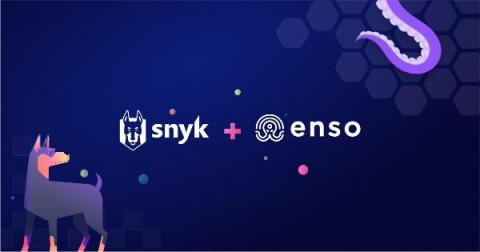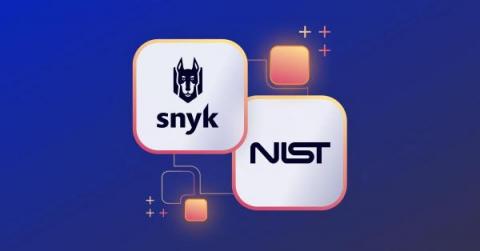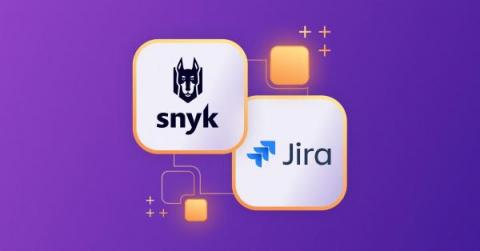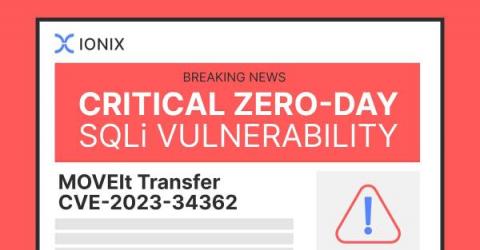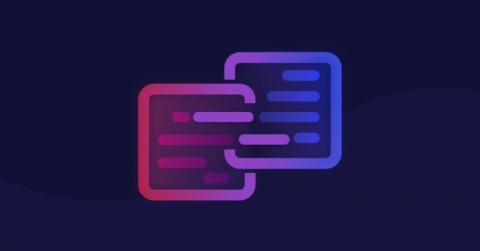Security | Threat Detection | Cyberattacks | DevSecOps | Compliance
Latest News
Snyk welcomes Enso: Enabling security leaders to scale their AppSec program with ASPM
As we approach the second half of 2023, both security and development teams are seeing seismic shifts in the application security world. AI is powering a productivity revolution in development, enabling developers of all types (and even non-developers) to introduce code faster than ever. Meanwhile, it’s more difficult than ever for developers and AppSec professionals to identify and prioritize true risk to the business.
Snyk Learn now aligns with the NIST NICE Workforce Framework
We are excited to announce that Snyk Learn, our developer-first cybersecurity education platform, is now aligned with the National Institute of Standards and Technology's (NIST) National Initiative for Cybersecurity Education (NICE) Framework.
Risk-based Vulnerability Management: A Bigger Bang for Your Buck
Every five to ten years, major technology shifts change the way that vulnerability assessment and the related IT risk mitigation processes are approached or implemented. What has remained constant is the formula we use to measure risk and thus prioritize and triage vulnerabilities. Risk = (Likelihood of event) * (Impact of consequences) It’s an approach that intuitively makes sense, but there have been two challenges with how this formula has been applied.
Snyk scanning capabilities are now embedded in Jira Software
Today, development is faster than ever. More apps and code are being written than ever before. There are more third-party dependencies in use to speed development, more containerization, and even code that controls the deployment and configuration of apps and the cloud. To ship quickly, developers need to stay on top of security issues. They want to understand how to build secure applications by getting feedback as they work.
OWASP API Security Top 10 2023 Explained
The Open Web Application Security Project (OWASP) is a non-profit foundation devoted to web application security. One of OWASP's guiding principles is that all of their resources should be freely available and simple to find on their website, enabling anyone to increase the security of their own web applications. They provide forums, tools, videos, and documentation among other things.
Checklist for Developers to Build Secure APIs
CVE-2023-34362: SQLi Zero Day Vulnerability in MOVEit Transfer exploited in the wild
CVE-2023-34362 is an SQL injection (SQLi) vulnerability that has been found in the MOVEit Transfer web application that could allow an unauthenticated attacker to gain unauthorized access to MOVEit Transfer’s database. SQL Injection (SQLi) poses significant risks as it allows attackers to potentially steal, manipulate, or delete sensitive data from databases.
Don't Get a PaperCut: Analyzing CVE-2023-27350
A day in the life of an ethical hacker
Ethical hacking refers to the practice of using hacking techniques to identify and expose vulnerabilities in computer systems, networks, and applications. Unlike malicious hackers, ethical hackers use their skills and knowledge to help organizations and businesses identify security weaknesses before they can be exploited by malicious actors. Ethical hacking can include a range of activities, from scanning and penetration testing to social engineering and physical security testing.



